Blog
Voltage Regulator Tutorial
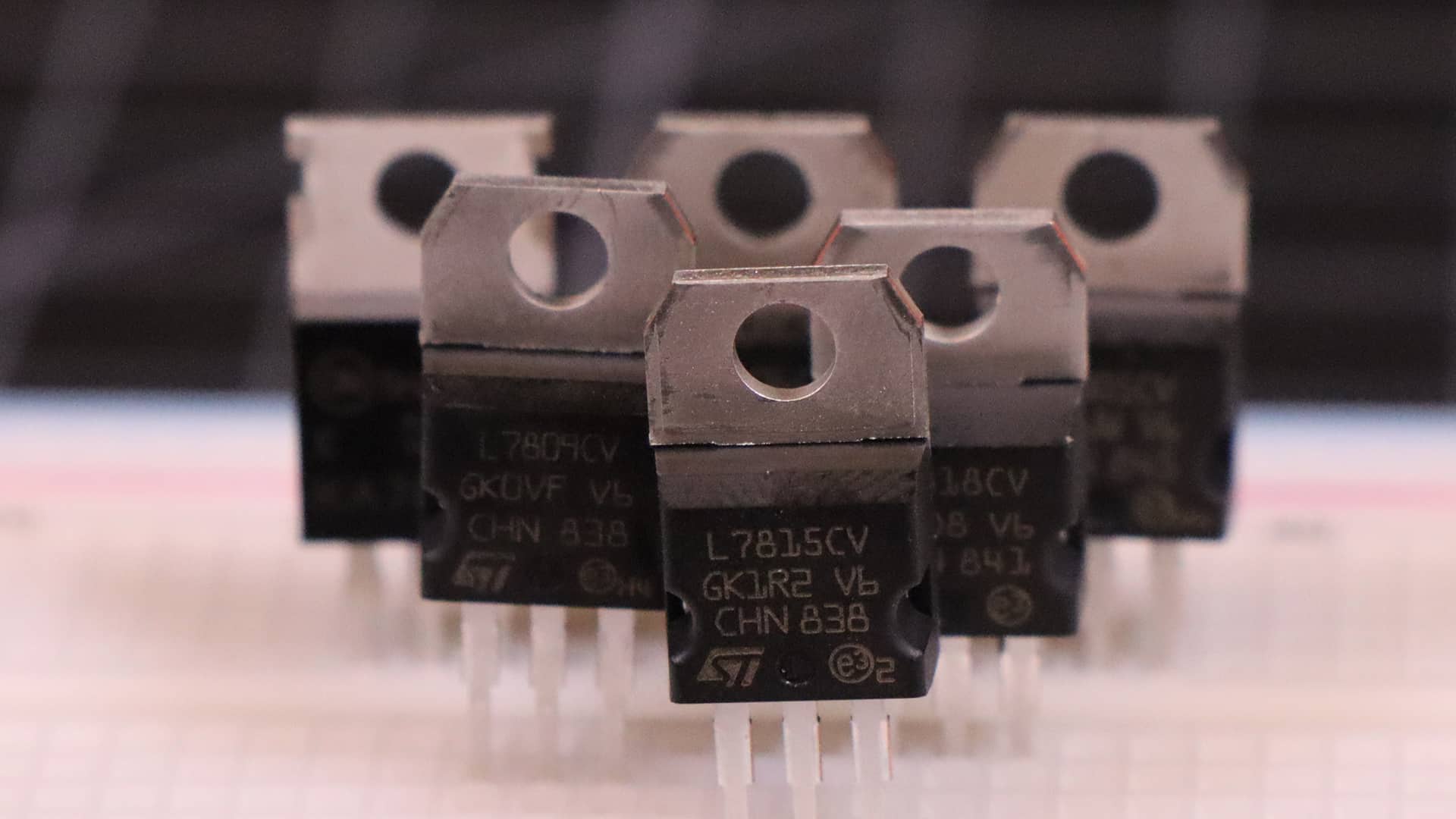
A voltage regulator is a super handy electronic component to have in your arsenal. A voltage regulator converts unregulated voltage that could be fluctuating (or is a higher voltage than the device your device needs to operate) and converts it to a perfectly stable voltage that won’t change even if the input changes. In this voltage regulator tutorial, we’re going to learn all about voltage regulators and how they work.
Voltage Regulator Tutorial and Basics
Imagine you have a 9 volt battery, but the device you need to power requires 5 volts to operate. If you supply the device with more than 5 volts it will overheat or damage the device. This is where a voltage regulator can be a powerful ally! An LM7805 voltage regulator will accept somewhere between 7 volts and 25 volts on the input side (depending on the exact specs of the manufacturer). On the output side, it outputs a perfectly stable 5 volts allowing us to power our device! Neat!
Sometimes you have power supplies that are not regulated. This means their output voltage will vary with the input voltage. A 12 volt unregulated power supply might vary between 10 volts and 14 volts. This can be very undesirable for modern electronics. Again, adding a voltage regulator solves the problem!
Voltage regulators are available in just about any output spec that you could need. In fact, here’s a fantastic assortment kit of them that costs less than $15. It has 14 different output values!
When you break it down to its simplest form, a voltage regulator clips the voltage off for anything higher than its output voltage rating leaving you with a rock solid reliable voltage, regardless of if the input voltage is higher or varies. Most modern voltage regulators are accurate to within +/- 5% of their rating, and you can get them as accurate as +/1 1% should you need them.
Voltage Regulator Specifications and Numbering
Net up in our voltage regulator tutorial let’s talk about voltage regulator numbering! Most voltage regulators are numbered as follows. They most often begin with L or LM (but not always). This is followed by 78 for a positive regulator or 79 for negative voltage regulators (more on that later). The last two digits generally represent their output voltage, 03, 05, 09, 12, etc. Sometimes there is a trailing letter that indicates accuracy or specialty in some voltage regulators.
Here are some examples of how a voltage regulator might be numbered:
It is important to remember that these can vary from manufacturer to manufacturer, so always check their data sheets to make sure you know what you are getting. Also, some manufacturers will substitute their brand letters for the LM, such as TT7805. The best way to find out for sure is to just google the part number.
LM78XX Pinout
LM78XX voltage regulators such as the LM7805, LM7809, and LM7812 are all three pin ICs. The pinout for these regulators is as follows:
Positive vs Negative Voltage Regulators
Voltage regulators also come in negative and positive output versions. With DC electricity everything is relative to ground. Positive voltage is above the system’s ground potential while negative is below the system’s ground potential. To regulate negative voltages you need a negative voltage regulator.
Some people think negative voltage regulators output negative voltage with a positive voltage input. This is not the case. Negative voltage regulators do not covert positive to negative voltage. You’ll need to get a negative voltage source from your upstream transformer (or have a separate battery in portable devices).
Wiring a Voltage Regulator
In many projects on YouTube and other places, we see voltage reglators simply stacked behind a transformer and in front of some chip or device they are supplying current to. While this will work in most cases, best practice is to use three capacitors with the regulator to get the most accuracy and stable output.
You’d place a 10 microfarad on the input and output, both generally electrolytic and an additional 0.1 microfarad ceramic capacitor on the output. If you don’t have those exact values, something close should work fine in most cases.
Here’s a Fritzing style diagram and a standard schematic of a voltage regulator circuit for reference:
Additionally, you’ll want to check the specifications to see if a heatsink is required for your application. In many cases a non-heatsinked voltage regulator is only good to about 100 milliamps. For higher current draws, you’ll need bigger and bigger heatsinks.
The Downsides of Voltage Regulators
Next up in our voltage regulator tutorial, we need to talk about some additional caveats of using voltage regulators that you should be aware of. They’re not perfect for every project and they can come with some significant drawbacks when used in the wrong applications.
Voltage Regulator Efficiency
Voltage regulators are not generally considered to be efficient devices. You can calculate just how much waste they will create by using this formula:
(Vin – Vout) X output current consumption.
If you do the math on a 5 volt circuit drawing 500 milliamps (or .5 amps) with a 12 volt input voltage, that turns out to be 3.5 watts of heat generated (or wasted). If you’re looking for lower power consumption you’ll need to look elsewhere.
Now there’s two more things that you should know about linear voltage regulators.
Voltage Regulator Drop Out Voltage
Voltage regulators have something called a dropout voltage. This is the point where the input voltage is too low to keep the output voltage stable. Remember, that waste? We’ve got to account for it somewhere! Most voltage regulators have a dropout voltage of 2 volts. This means that you’ll need a minimum of 7 volts on the input side to get a stable 5 volts on the output side of a standard LM7805. There are voltage regulators called Low Dropout Voltage Regulators that have better specs.
Voltage Regulators Generate a Lot of Heat
Also important to note is that the higher the input voltage, the more heat a voltage regulator will create and the larger heatsink you will need. Keeping the input voltage as low as possible definitely helps with circuit efficiency.
If you’re finding some of this to be a little confusing, you might want to also check out our great tutorials on voltage and current!


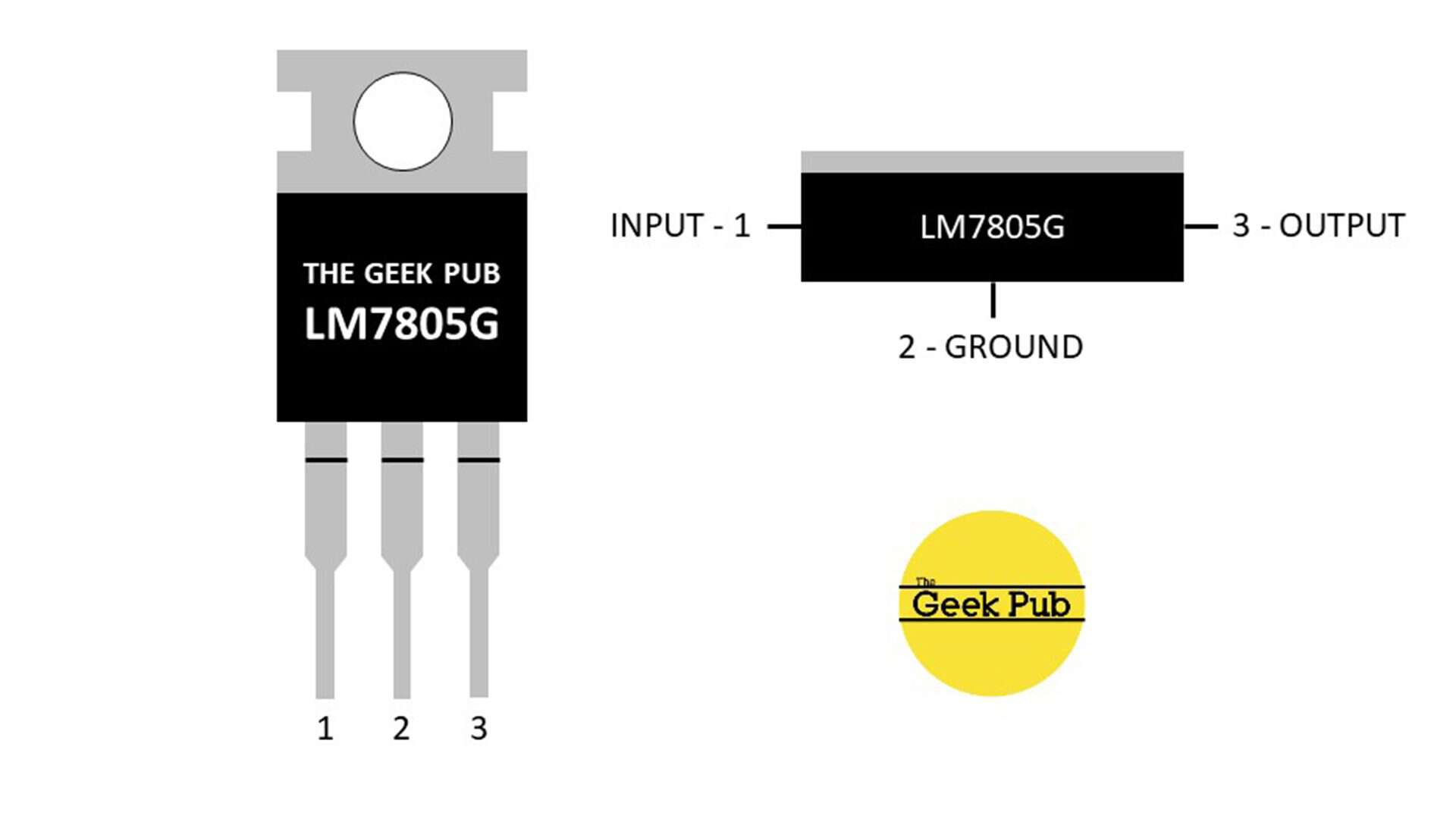
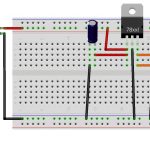
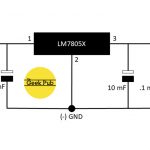
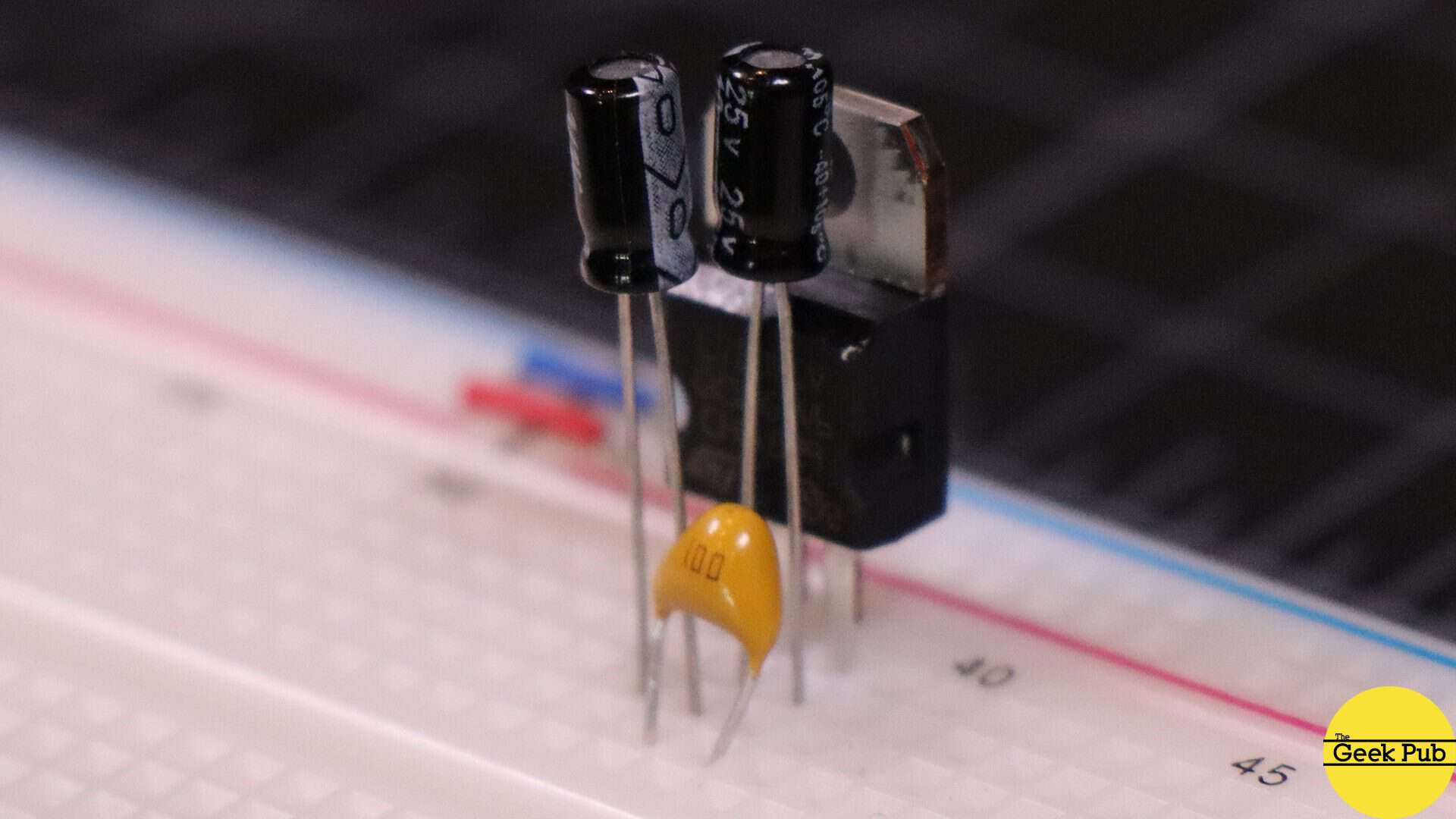
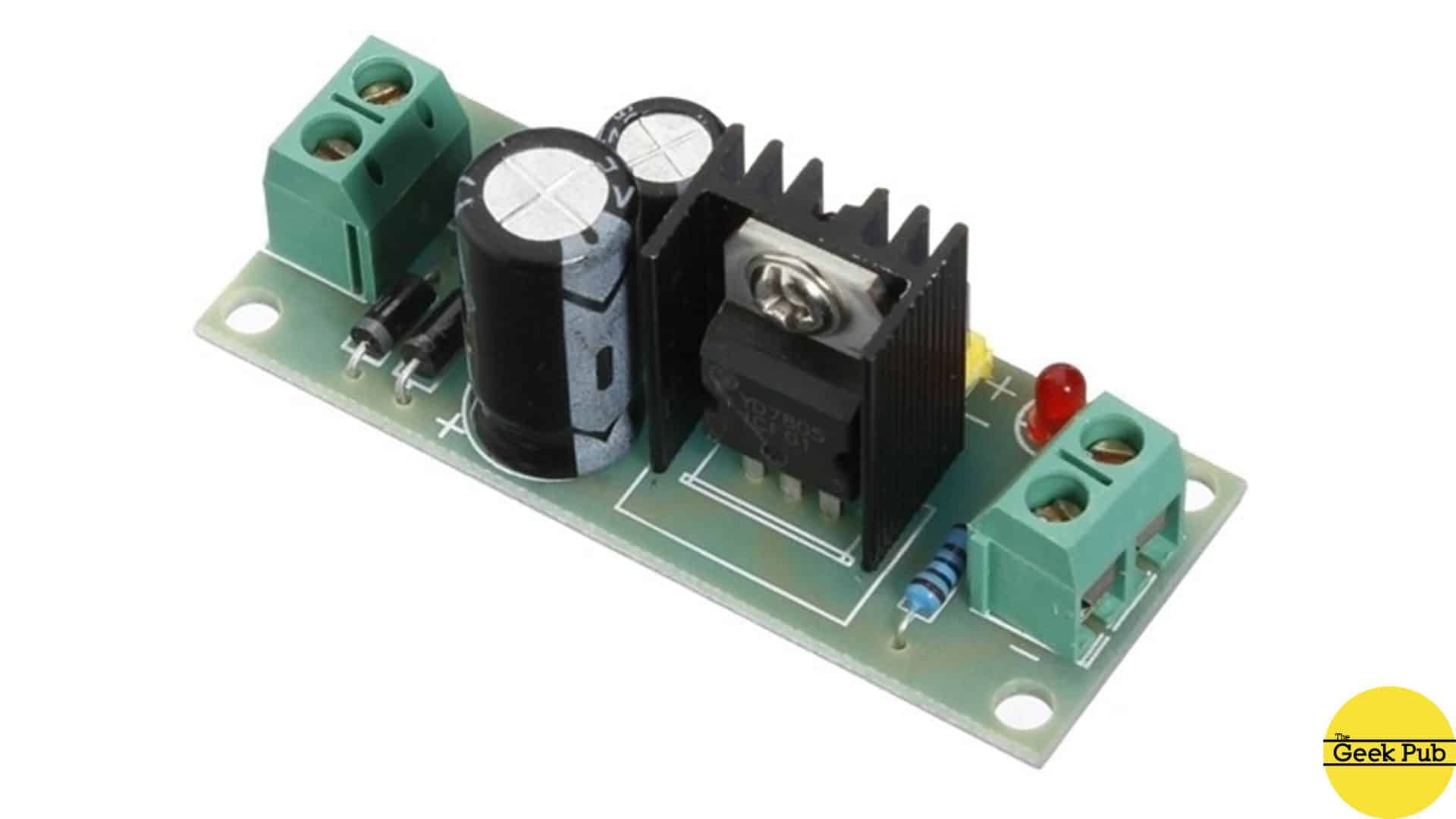
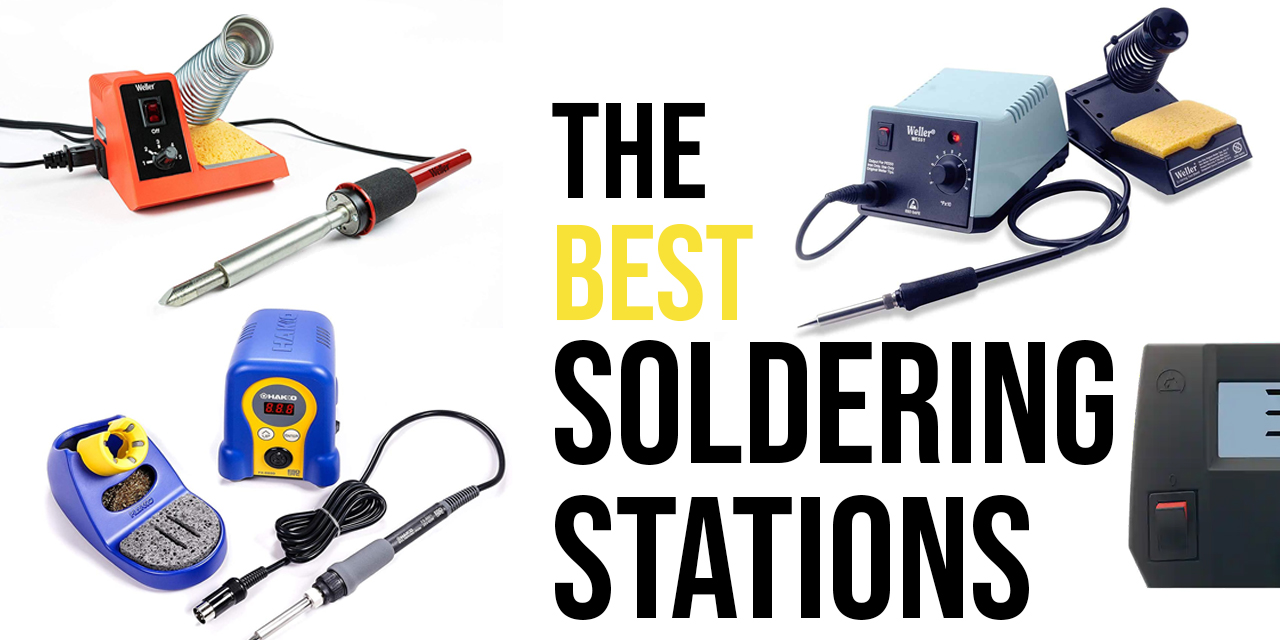
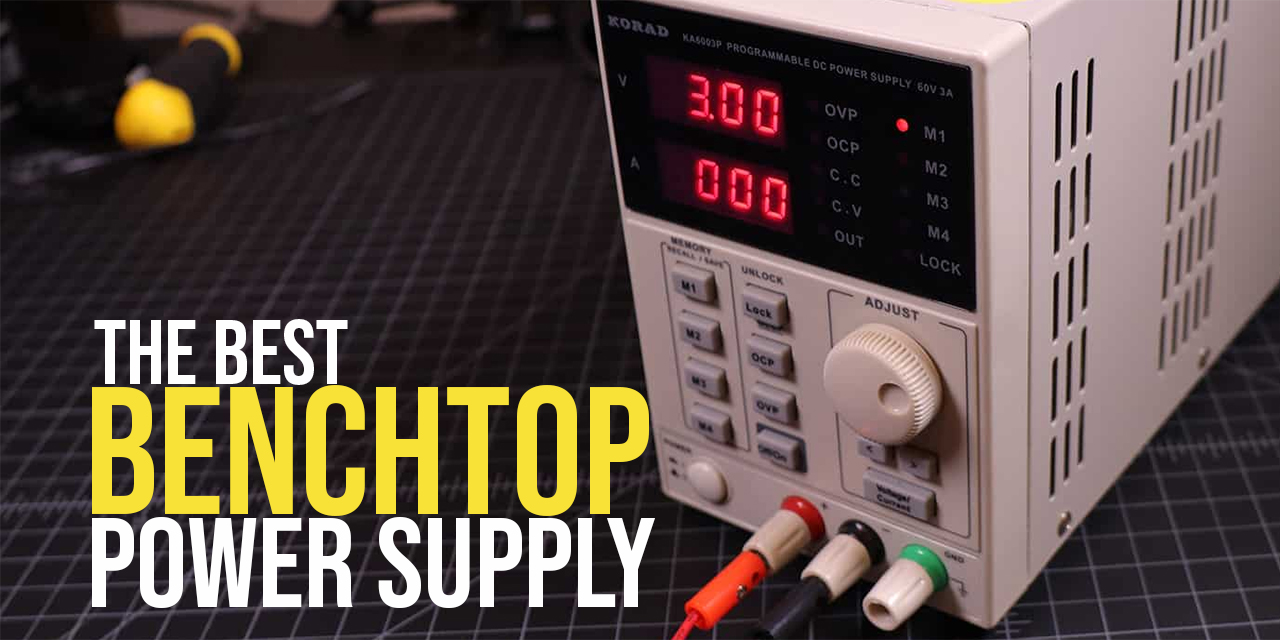
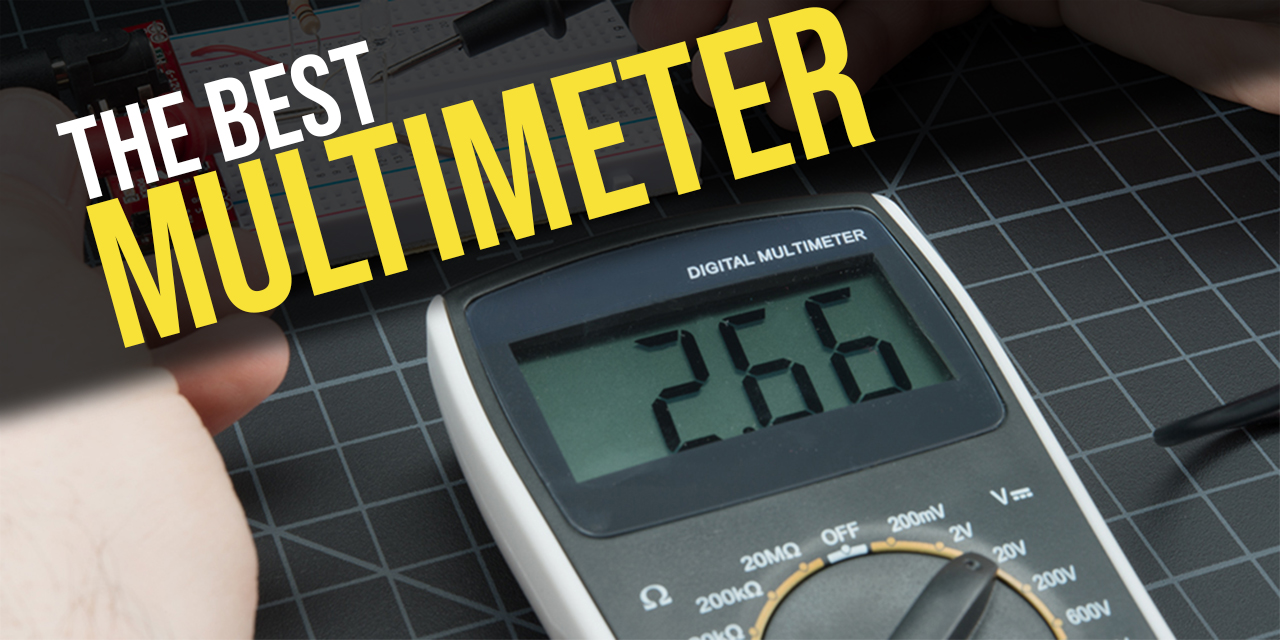
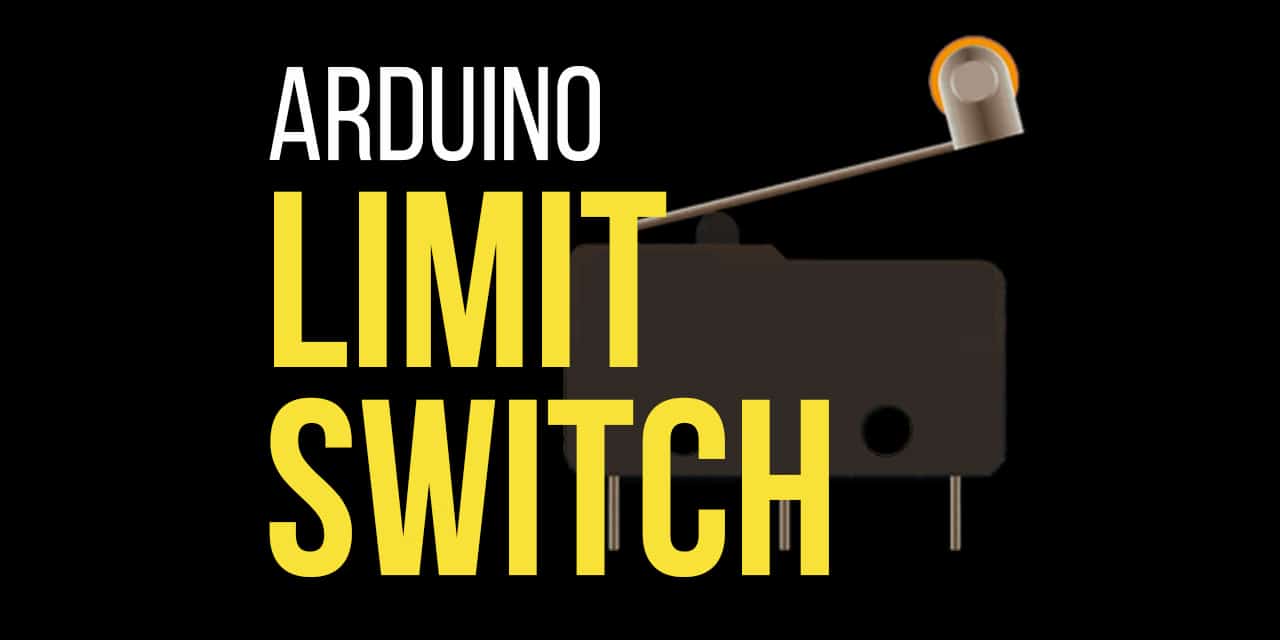
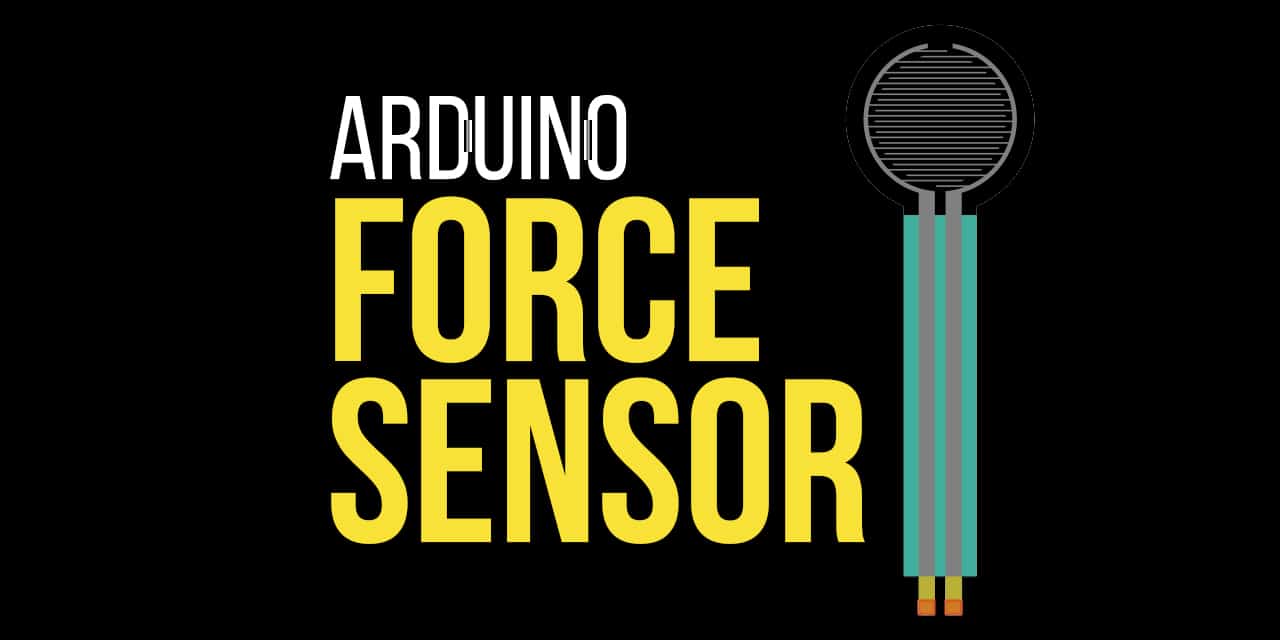
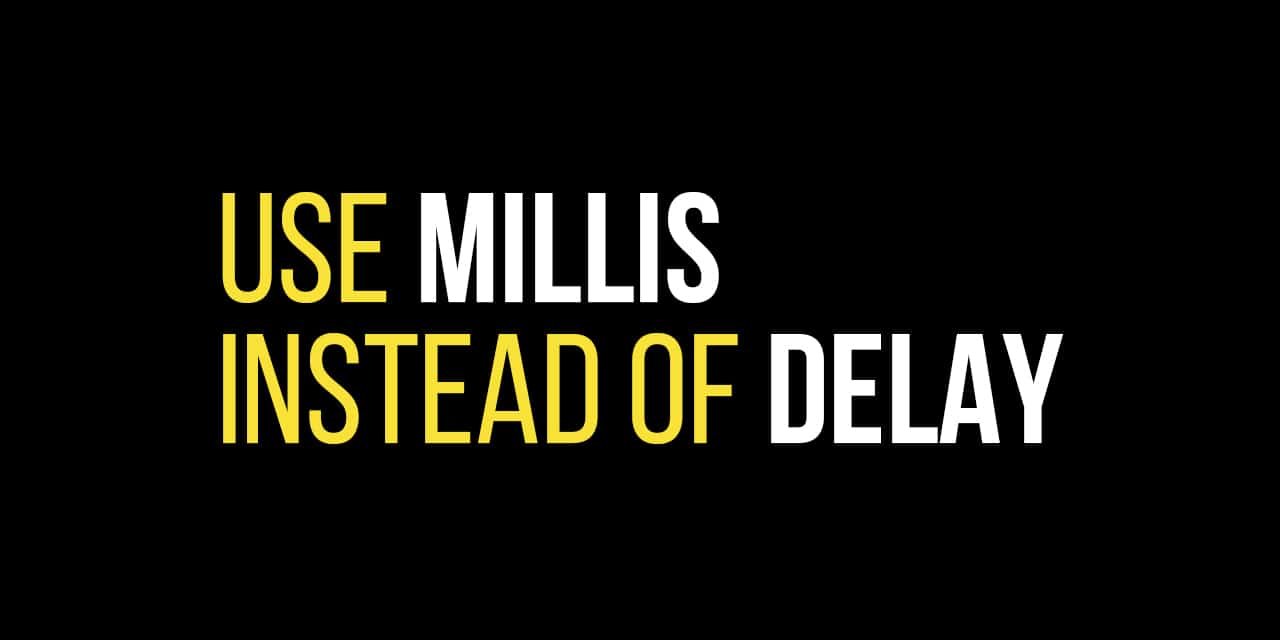

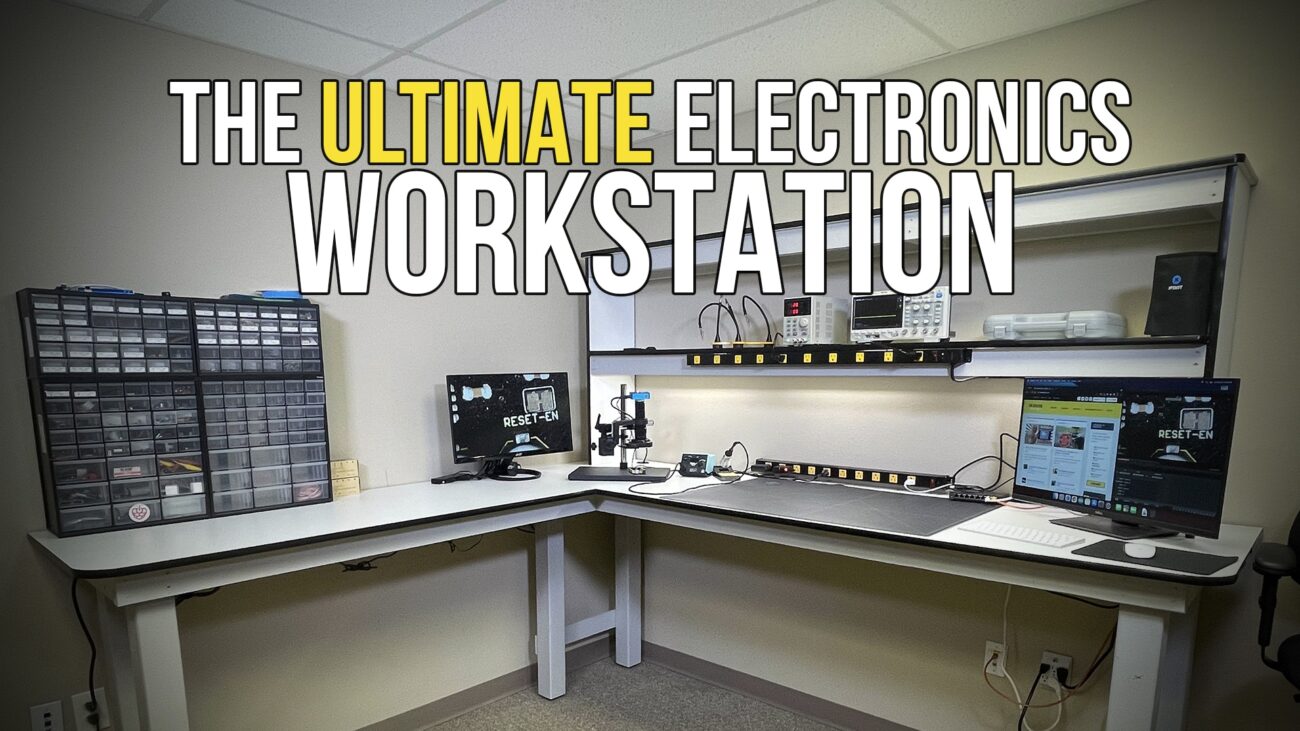
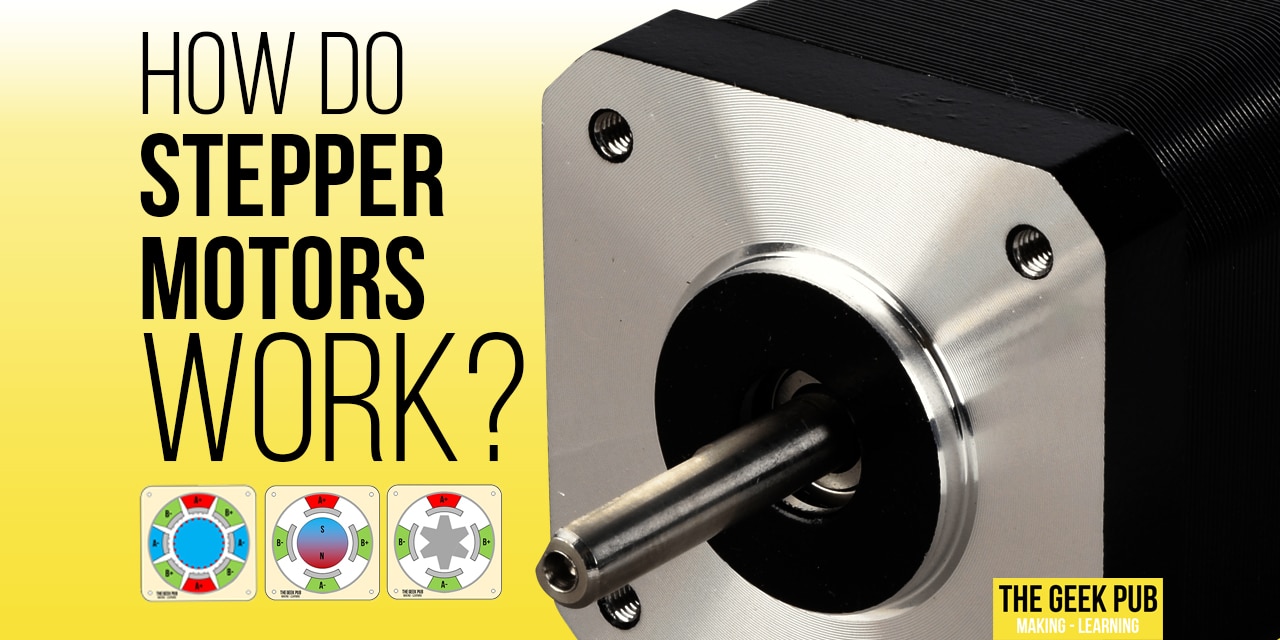
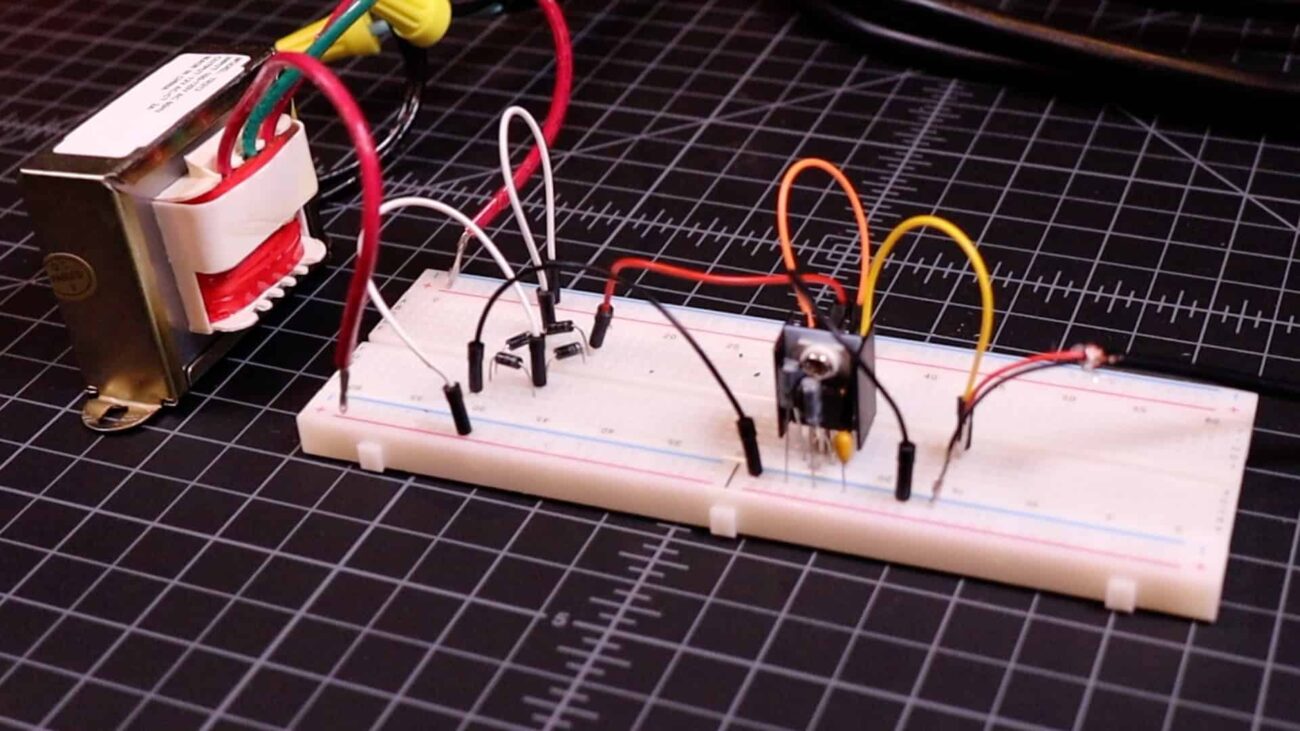
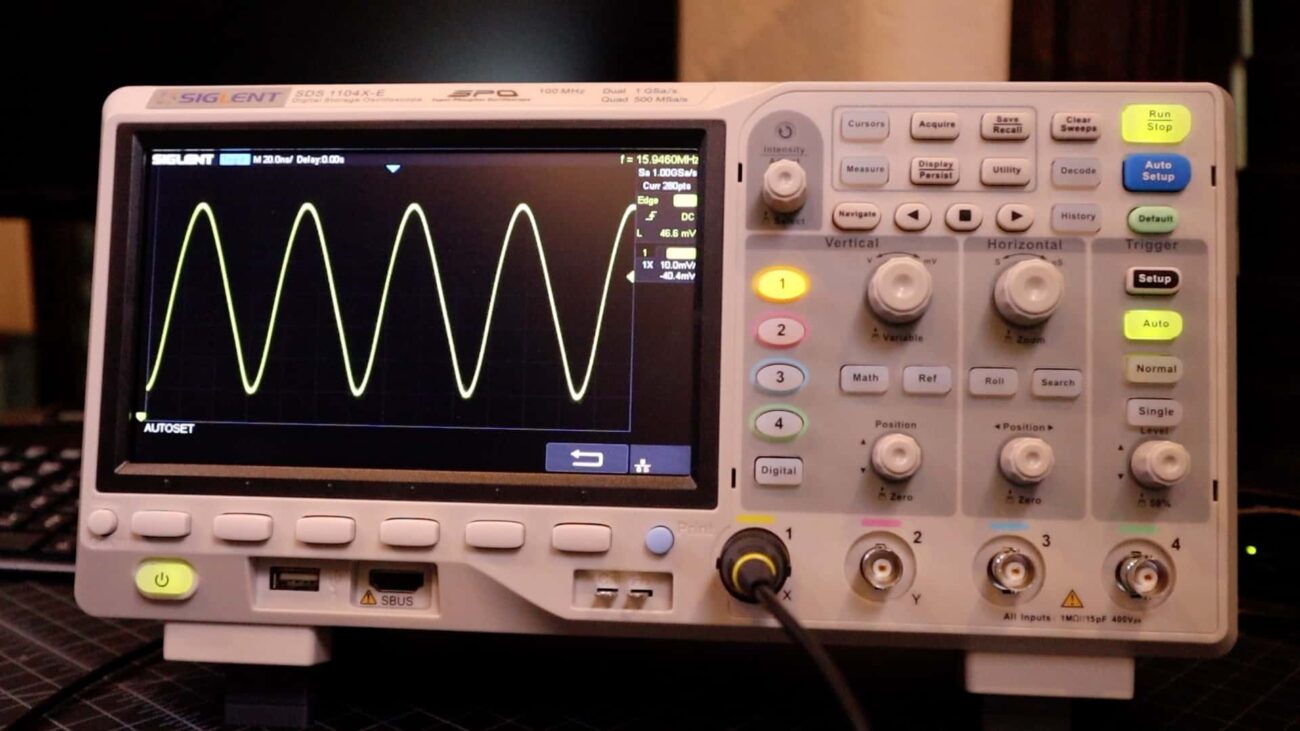
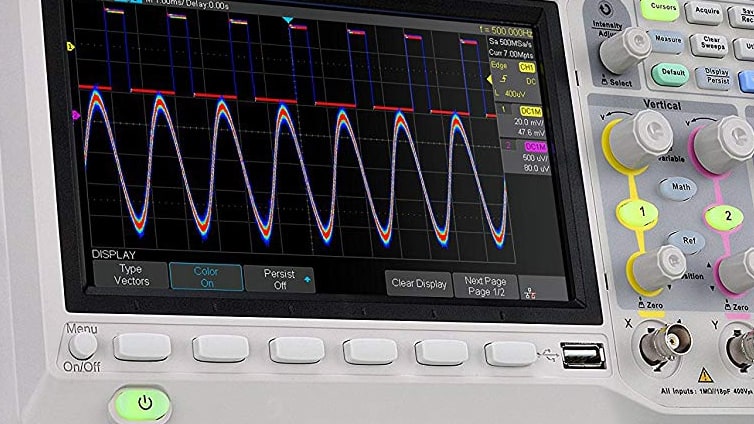
5
Great tutorial!